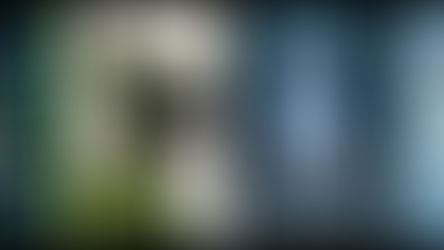Mr F Bevill and his Magic Lantern
- Patricia Leslie
- Nov 5, 2017
- 3 min read
One of the things I love about writing is the research and one of the things I love about researching is discovering new nuggets of knowledge.
For instance, looking for events and daily news from 1882, I found an advertisement in the Sydney Morning Herald for Mr F Bevill MA, Headmaster at Royston College used an aphengescope during his lectures on geography at the Sydney Mechanics’ School of Arts. Interesting particularly as one of the characters in my upcoming novel, Crossing the Line, is a botanical artist connected with the Royal society of NSW and employed to paint local flora (and fauna) for the Royal Society back home in London. Botanical artists were the wildlife photographers of the 1800s and their work was an integral component of the boom in interest in the natural sciences.
Above: Two of 19th-century Australia’s most prominent natural history illustrators were the Scott Sisters. Their work is on display at the Australian Museum
But back to this aphengescope thing. Mr Bevill must have been quite a talker, or perhaps he was supplementing his teaching income with scientific lectures. Whatever his purpose, he presented a series of lectures at the Sydney Mechanics’ School of Arts a busy and well-established home for the technical arts and, of course, the sharing of knowledge. The School of Arts, built in 1833, is still around and hosting talks, readings, and seminars. They also have the country’s longest running public lending library. Take a look at their program
A quick internet search and I found out what this device is: a magic lantern! Further delving revealed that it was the forerunner of overhead projectors and slide projectors. In my imagination, there are moving bits, flashing lights, pulsing lights (lots of light!), and a mystical doorway into other realms.
Reality is nearly as interesting!
From aphengescope to view-master. What a leap!
The technology (and the toys) that sprung from, or connected to, the aphengescope is amazing!
Mr Bevill too is an interesting character too. A teaching professional for most of his working life he was the headmaster at Royston College, Sydney, when the College purchased and moved into Craig End on the Darling Ridge (1898) Craigend had been built by Sir Thomas Mitchell on his arrival in Sydney (late 1820s). Mitchell had over extended himself with his mansion, named for his birthplace in Scotland, and had sold it by 1837. Royston College was just one of several owners before the building was knocked down on the 1920s.
Bevill applied for insolvency twice. Once in 1877, not longer after marrying Annie Molloy. The second time, in 1898, two years after being sued for £2000 by James Bourke for slander. He was secretary of the Licensed Victualler’s Association and a colleague of Richard Watson, proprietor of the Paragon Hotel, Circular Quay. It's possible they were quite well acquainted as both were heavily involved in local sport as well. The Paragon Hotel is also still around.
Over his adult life, Frederic Bevill regularly presented lectures around Sydney on the sciences, geography and the oceans, enthusiastically supported his students academically and in the sporting arena, and was an active participant in the current affairs of the day.
Above: Antique print showing Royston College 1884 at Craigend, Darlinghurst.
Image source: Antique Print & Map Room
Aphengescope links:

































Comments